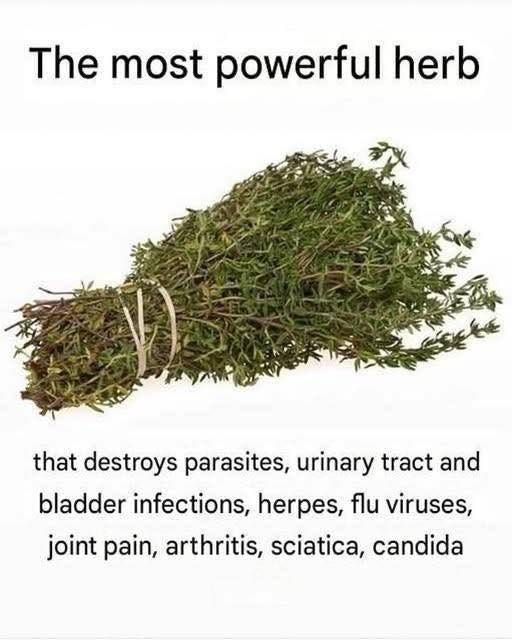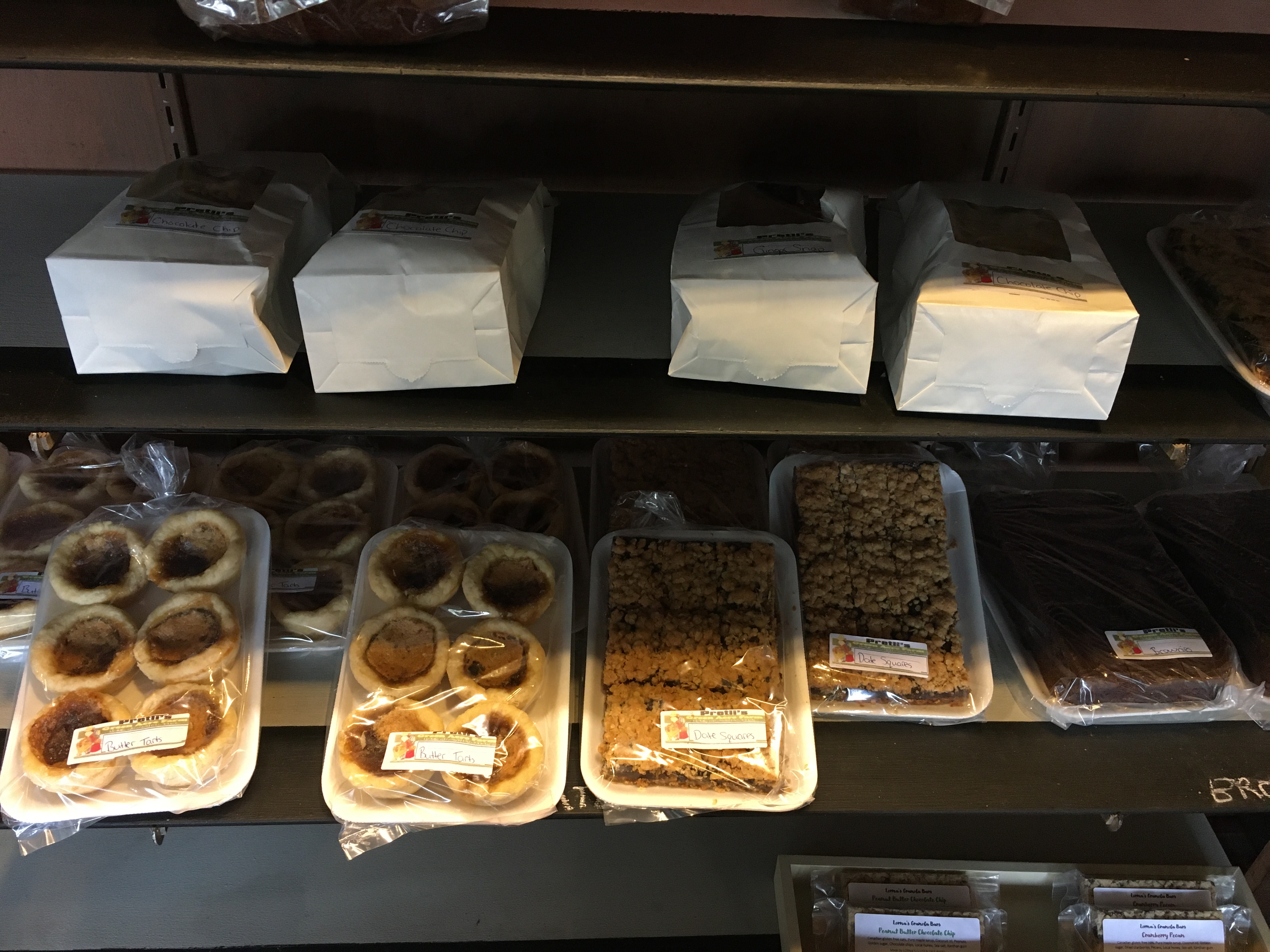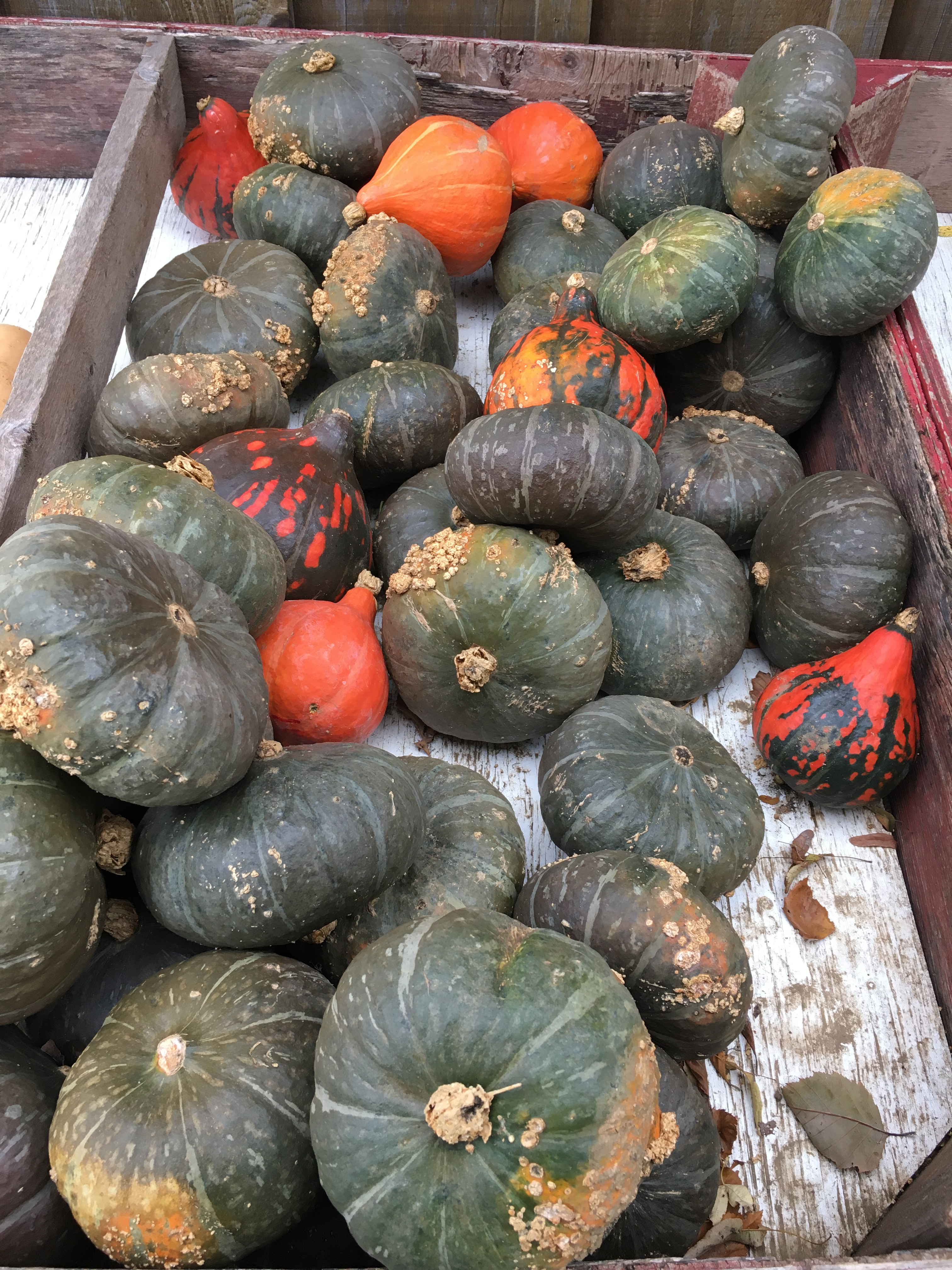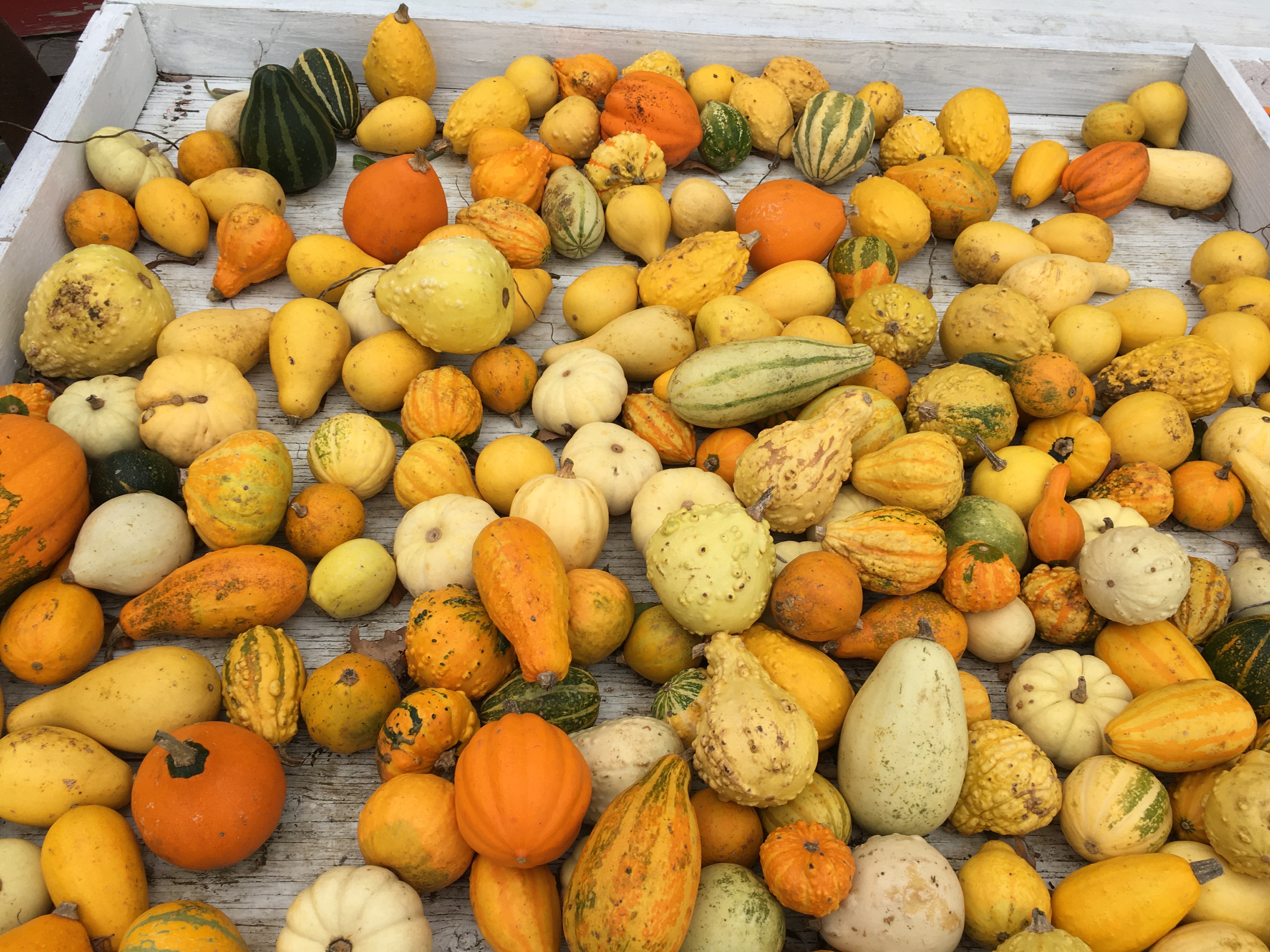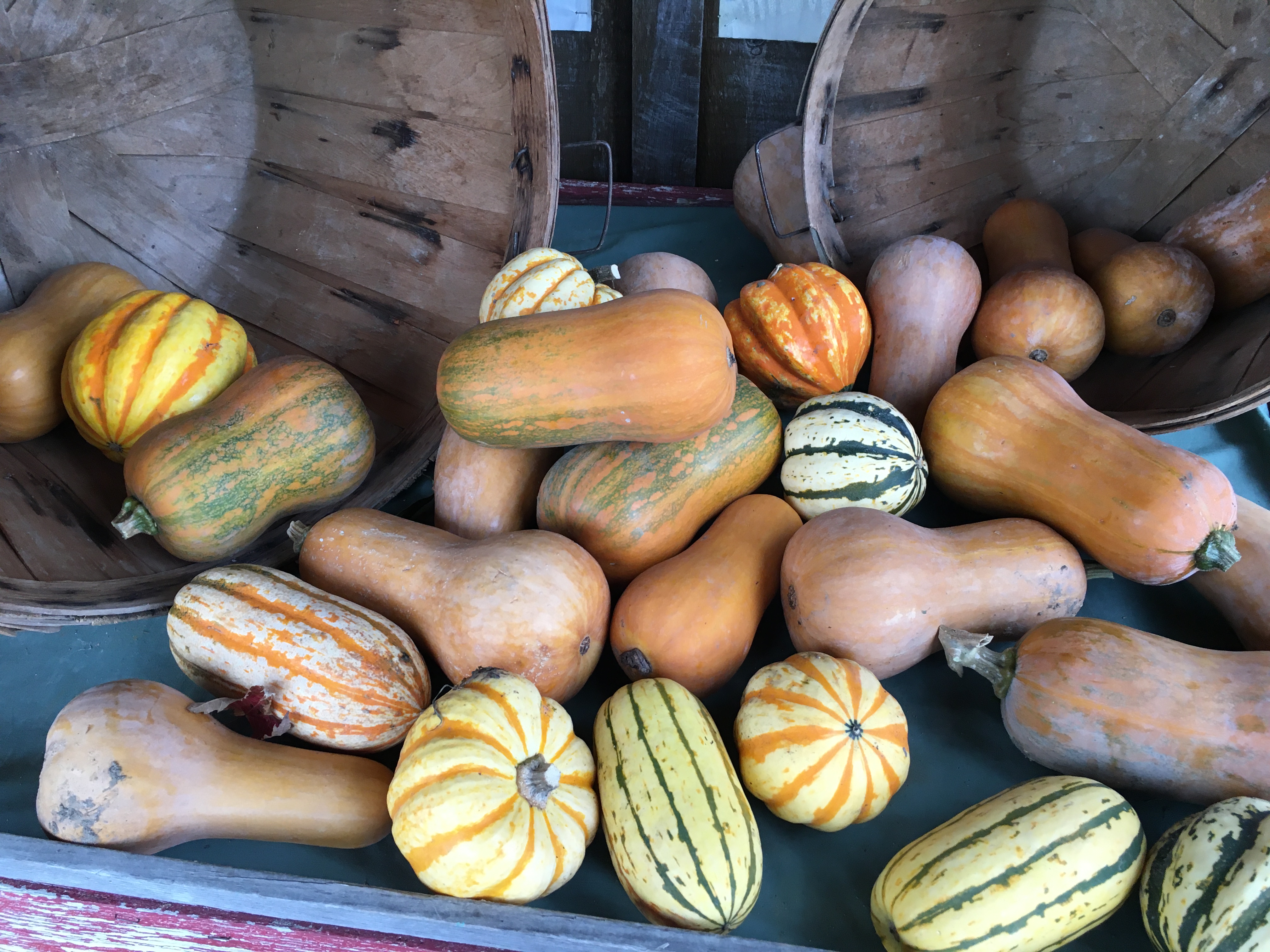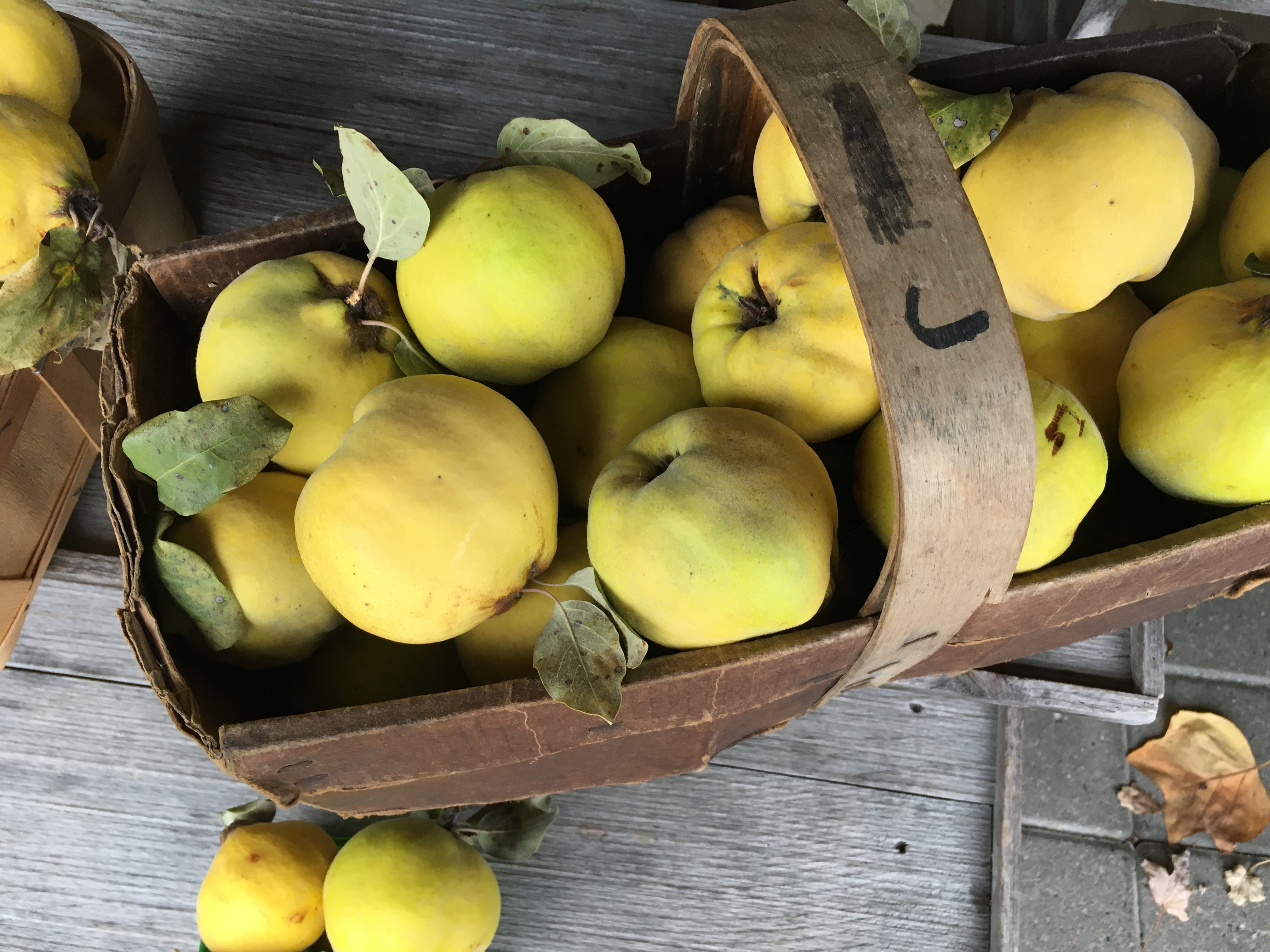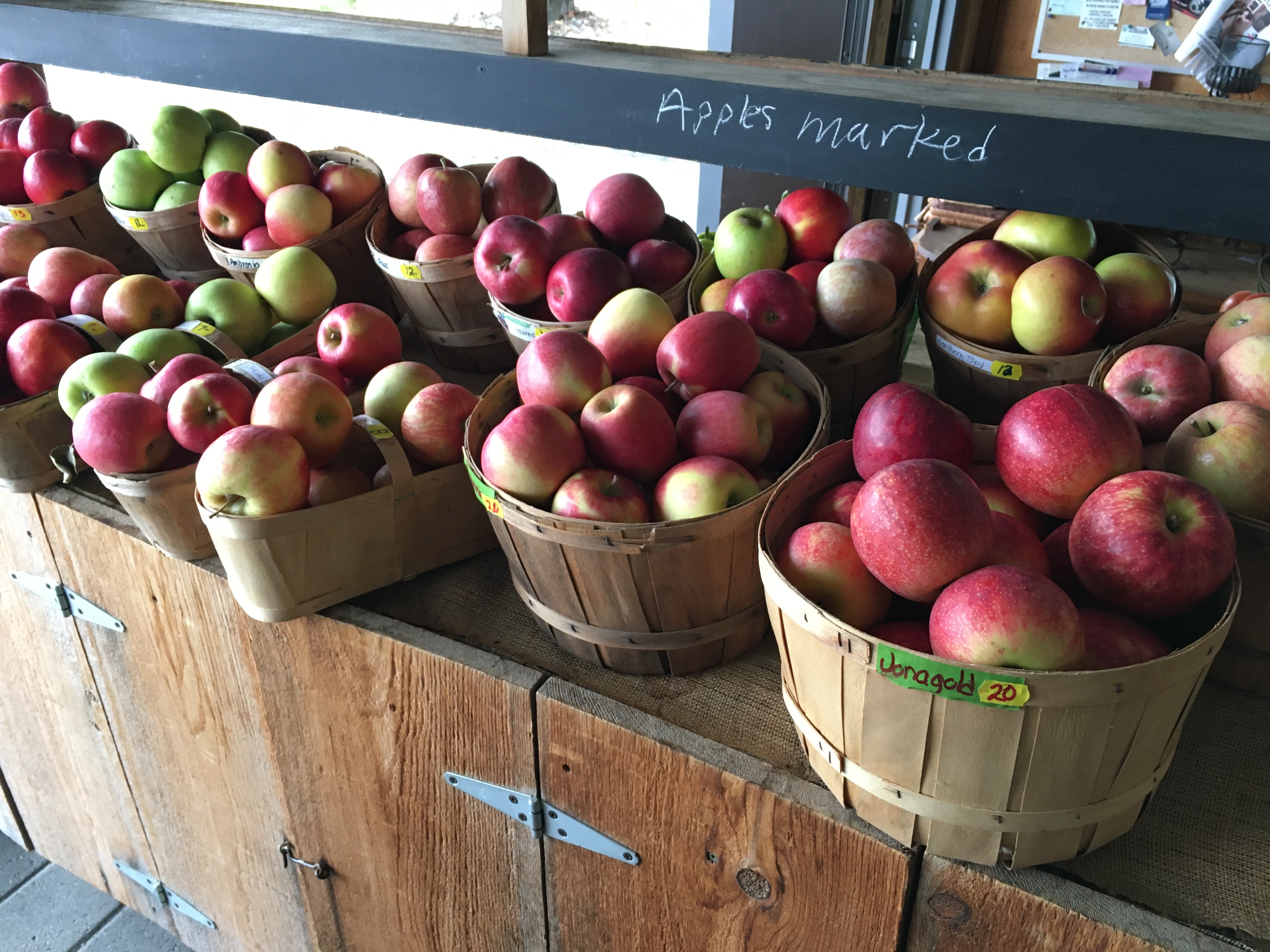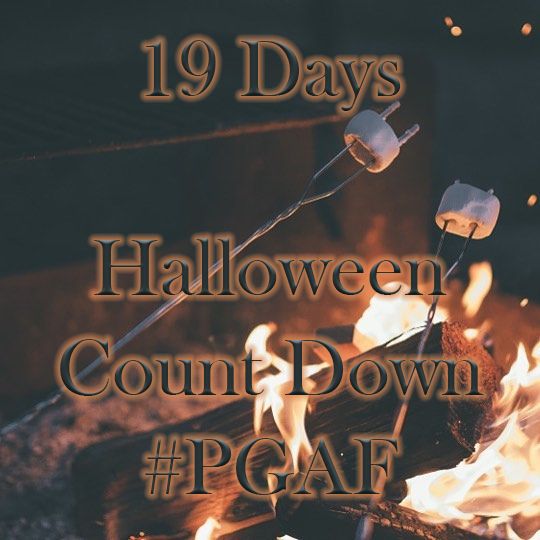Swipe to find out how to activate the 'happy' chemicals in your brain.
#633wonderworld #ultimateamusementexperience #awareness #mentalhealth #mentalhealthmatters
633_wonderworld ~ 633_wonderworld

Cherry Almond Cupcakes
These fluffy, tender cupcakes have the perfect flavor combination of maraschino cherry and sweet almond flavor! They are perfect for Valentines day or a birthday.
#AlmondExtract #Butter #CakeFlour #Cherries #EggWhites #Eggs #PowderedSugar #VanillaExtract
Servings: 12
Ready in: 50 minutes
Prep: 30 minutes
Cook: 20 minutes
Ingredients:
1 1/4 cups cake flour
3/4 tsp baking powder
1/8 tsp baking soda
1/4 tsp salt
18 maraschino cherries , divided
3/4 cup granulated sugar
6 Tbsp unsalted butter , at room temperature
1 large egg , at room temperature*
1 large egg white , at room temperature
1/2 tsp almond extract
1/2 tsp vanilla extract
1/3 cup buttermilk
3 Tbsp maraschino cherry juice
Frosting
3/4 cup butter , at room temperature (I used 1/2 cup unsalted 1/4 cup salted)
2 1/4 cups powdered sugar
1 1/2 - 2 1/2 Tbsp maraschino cherry juice
1/4 tsp almond extract
Few drops red food coloring (optional)
Instructions:
1. Preheat oven to 350 degrees. In a mixing bowl, whisk together cake flour, baking powder, baking soda and salt for 30 seconds, set aside. Cut 6 maraschino cherries into halves and set aside**.
2. In the bowl of an electric stand mixer fitted with the paddle attachment, whip together butter and granulated sugar until pale and fluffy. Mix in egg then add in egg white, almond extract and vanilla extract and blend until combined.
3. In liquid measuring cup used to measure buttermilk, combined buttermilk with maraschino cherry juice. With mixer set on low speed, working in three separate batches beginning and ending with flour mixture, add 1/3 of the flour mixture alternating with 1/2 of the buttermilk mixture and mixing just until combined after each addition.
4. Divide mixture among 12 paper lined muffin cups, filling each cup about 1/2 full. Place one cherry half in the center of each cupcake (it will sink to the bottom during baking). Bake in preheated oven 17 - 19 minutes until toothpick inserted into center of cupcake comes out clean.
5. Run a butter knife around edges to loosen cupcakes (unless yours didn't go to the edges like mine) and allow to cool in muffin tin 5 minutes. Transfer to a wire rack and cool completely then pipe or spread Cherry Almond Frosting over tops. Store in an airtight container. Top each cupcake with a maraschino cherry just before serving.
6. For the frosting: In a mixing bowl fitted with the paddle attachment, whip butter on medium-high speed until very pale and fluffy, about 7 - 8 minutes, occasionally scraping down sides and bottom of the bowl (if you have the beater blade paddle scraper attachment, about 5 minutes).
7. Add in powdered sugar, 1 1/2 Tbsp maraschino cherry juice and almond extract. Blend on low speed until combined, then add food coloring if desired and additional cherry juice to thin as desired (adding 1 tsp at a time), and increase speed to medium-high and whip until pale and fluffy, about 5 - 6 minutes longer (about 4 minutes with scraper attachment).
Notes:
*To bring my eggs to room temperature I usually always just let them rest in a bowl of warm water for 10 minutes.
**These will later be placed in cupcake batter. If they're small you can use whole ones but make sure you'll have enough to top the cupcakes, you'll need 24 total if using whole cherries. ...read more
Oregano: THE MOST POTENT HERB THAT DESTROYS PARASITES, URINARY TRACT & BLADDER INFECTIONS, HERPES, AND FLU VIRUSES primedailys
For those of you that do Gringo Thanksgiving, there's still a bit left for decorating your center piece.
Apples, hard, soft, sweet, sour, cold, all cold. Cook your own
What happened here? t
#PGAF #Halloween Countdown
PSA: if you are missing a shoe and/or sock, you have until Hallowe'en to collect them.
After that I will wear them.
Compound found in nuts may treat depression, cancer
CTV.ca News Staff
Published Sunday, January 11, 2009 10:00PM EST
The human body needs a small amount of inositol, a member of the B vitamin family, for its cells to function properly.
Elie Klein, a naturopathic doctor in Toronto, told CTV News that a number of medical doctors send their patients to natural health food stores for inositol to treat a variety of conditions.
"There is certainly growing interest in it," Klein said.
Toronto psychotherapist Dr. Harold Pupko prescribes it to his patients to treat their anxiety and depression.
"There will be less chatter or less noise in your head in terms of repetitive types of negative thoughts, anxious thoughts," Pupko told CTV News.
Although inositol is relatively unknown among the general public, studies have shown it to be effective at reducing the symptoms of obsessive-compulsive disorder and panic attacks.
In Vancouver, researchers have just completed a preliminary study that suggests inositol may help prevent lung cancer.
For their study, the researchers gave former smokers 18 grams of inositol per day.
The ex-smokers had what is called severe dysplasia, or high-grade pre-cancerous changes in their bronchial tubes.
After one to three months on inositol, the patients had fewer pre-cancerous growths in their lungs. As well, the compound appears to cause few side effects, even at high doses.
"So this is one agent that seems to have a very potent effect in terms of regressing, pre-existing, pre-cancerous cells in the bronchial tube," Dr. Stephen Lam of the B.C. Cancer Agency told CTV News. "That is why we are quite excited about it."
There are also ongoing studies evaluating inositol's ability to treat infertility, lower cholesterol and normalize insulin levels.
amegroups ...read more
*Gardening Soul:*
Gardening Soul added a new photo.
facebook







